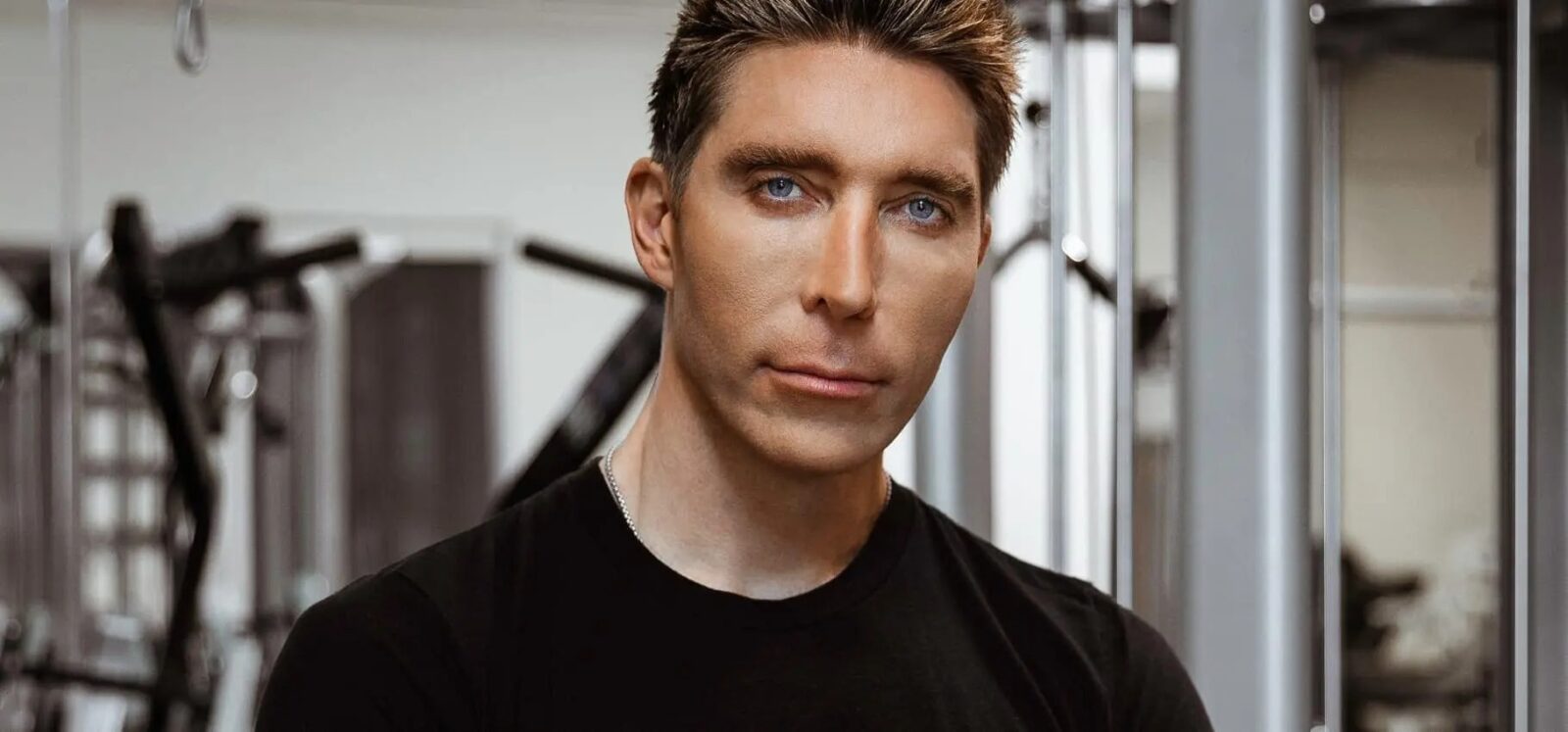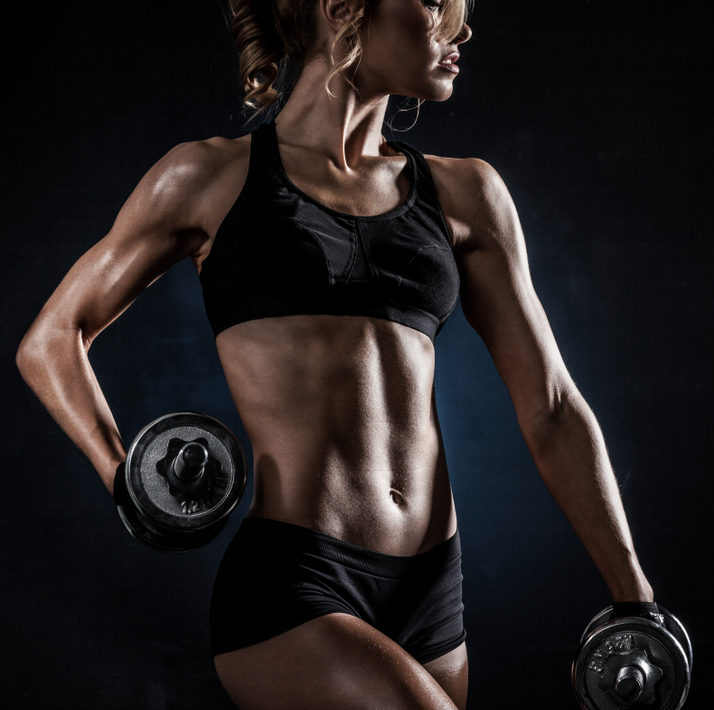Sebastien Lagree on His Method & the Future of Fitness

Sebastien Lagree, founder of the Lagree Method, shares how he turned a personal passion into a high-intensity, low-impact fitness phenomenon and what the future of fitness will be
Sebastien Lagree didn’t set out to launch a fitness empire. When he moved to Los Angeles in 1998 to pursue acting, he was just looking for a way to support himself.
“I needed a job to stay afloat,” Lagree told Athletech News. “I was bodybuilding at the time, so a lot of people wanted to train with me. It all started very organically.”
He began working with clients out of a hybrid studio that offered traditional weight training upstairs and Pilates equipment below. “I had no idea what Pilates was until I was asked to start teaching it,” he recalled. “But it didn’t resonate with me. There was too much stopping and starting and it lacked the kind of intensity I loved from bodybuilding.”
What followed was not a tweak to an existing modality, but a reinvention. With the owner’s permission, Lagree began using the equipment in unconventional ways, integrating his knowledge of strength training, time under tension and progressive overload.
“I wasn’t teaching Pilates anymore,” he said. “I was creating something new: on the same equipment, yes, but with completely different intent and execution.”
This idea evolved into the Lagree Method: a high-intensity, low-impact training system that targets every major muscle group while protecting joints and connective tissue. In 2001, Lagree opened his first studio. By 2006, he officially renamed the method, dropping any Pilates association in favor of something more accurate: Lagree Fitness.
The method’s success has attracted loyal clients and increasingly, imitators.
“Right now, I’m dealing with counterfeits and replicas coming in from overseas,” Lagree said. “There are studios using machines that look similar, claiming to teach my method, but it’s not the same. And in some cases, it’s not even safe.”
Lagree’s commitment to innovation is his answer to the copycat problem. With over 200 patents and more on the way, he’s developing a new generation of intelligent, digitally connected machines that will make tracking performance more meaningful.
“When you lift weights, you know you’re getting stronger because you can lift more,” he explained. “But in the Lagree Method, progress is based on time, speed, alignment and range of motion. It’s hard to measure improvement without the right tools. That’s what we’re building.”
By 2030, Lagree envisions machines that are fully computerized and highly personalized. “You’ll upload your data to the machine and it will adjust your workout in real time,” he said. “You’ll be able to see, with precision, how your strength, endurance and control are improving week to week.”
Lagree is also focused on the broader potential of fitness, particularly its connection to spirituality.
“I’m working on a documentary right now about the connection between fitness and spirituality,” he said. “For me, working out is a form of meditation. It’s the most important thing I do each day. It keeps me grounded. It connects me to something bigger.”
This philosophy is shaping the next chapter of Lagree Fitness: an emphasis on reducing inflammation, improving recovery and guiding people toward holistic well-being.
“Most people overtrain, use poor form, or push their bodies in the wrong ways,” he said. “I’m building the next version of the method to be even more anti-inflammatory, using technology to support safe and effective movement.”
To help instructors and studios maintain consistency as the brand scales, Lagree is rolling out a pro version of his Lagree On Demand app. It will allow trainers to build and share custom routines, complete with transitions, spring settings, and timing.
“It’ll make it easier to deliver high-quality classes, even if you’re new to the method,” he said. “And it ensures that the Lagree experience remains true, no matter where it’s being taught.”
Although the Lagree Method is often compared to Pilates due to the equipment, he’s clear that the two are fundamentally different.
“People see a reformer and assume it’s Pilates,” he said. “But how you use the equipment is everything. It’s like a dumbbell; you can use it to build strength, or you can use it in a totally different context. It’s just a tool.”
Lagree believes the future of fitness lies in personalization, integration and intentionality. “We’re heading toward a new fitness paradigm,” he said. “One where mental health, emotional growth and physical performance are all part of the same journey.”
His next-generation vision includes AI-powered machines, embedded biometric feedback and even the use of specific sound frequencies to enhance focus and mood during class.
“It’s going to be a complete shift,” he said. “Not just how we train, but why.”
At its core, Lagree believes fitness is about transformation, not only of the body, but of the self.
“People are tired. They’re looking for change and not just on the outside,” he said. “They want to feel something. That’s why they show up. That’s the real purpose of fitness: to feel alive.”



